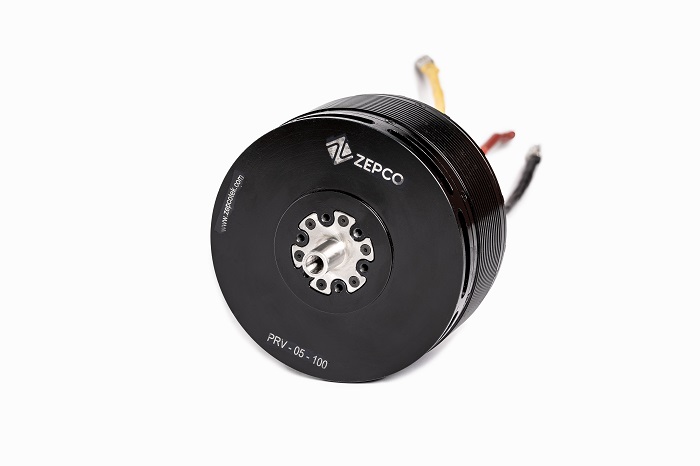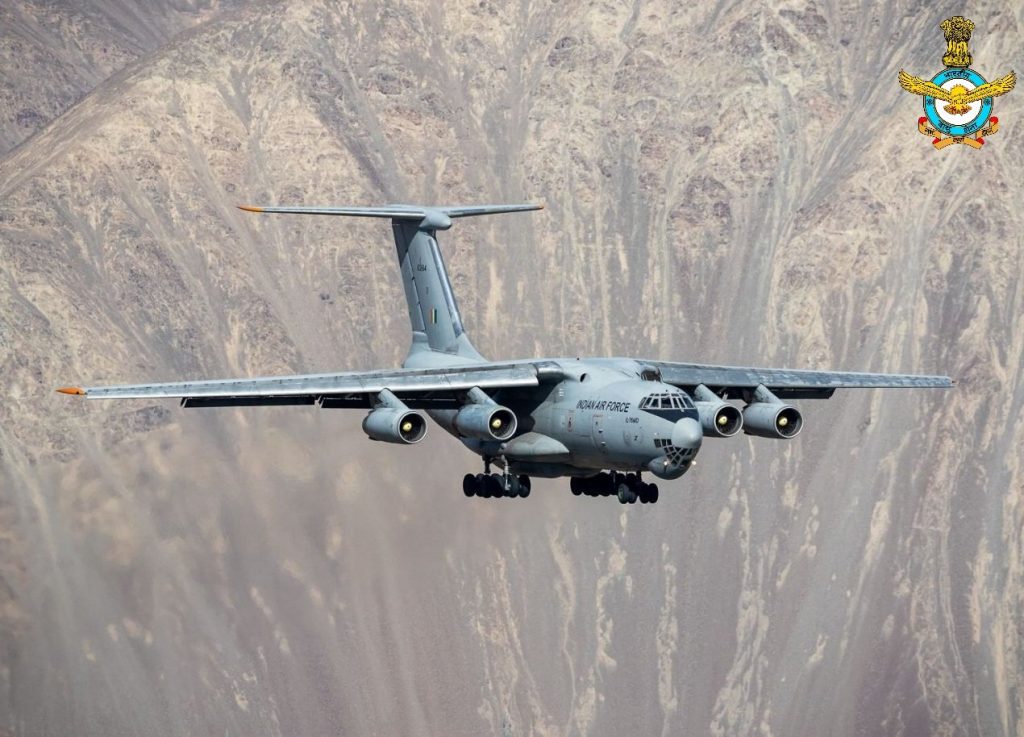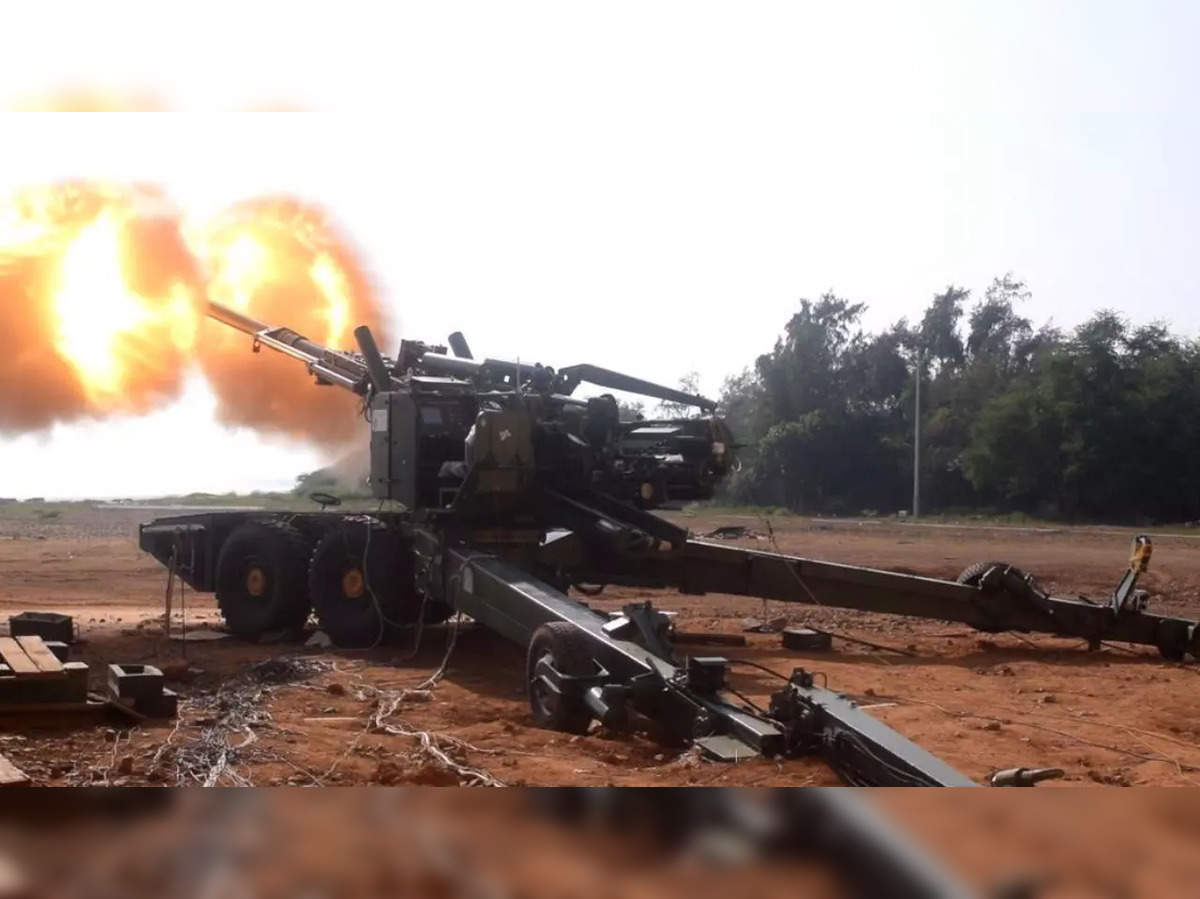AFI
SOURCE: AFI
)
Cutting across various sections of society, people in Telangana have urged the government to save the Damagundam forests in Vikarabad district by relocating the proposed Indian Navy radar station to a different site. The concerns stem from environmental and conservationist efforts to protect the forested area, which is now slated for a crucial military installation.
The Indian Navy has identified Telangana as a key base for its second Very Low Frequency (VLF) communication transmission station. This station, crucial for communication with naval ships and submarines, will be established in the Damagundam forest area near Puduru in Vikarabad Mandal. The new installation will complement the first VLF station, INS Kattabomman in Tirunelveli, Tamil Nadu, which has been operational since 1990 and serves as a vital communication link for the Navy.
Continue readingSOURCE: AFI

Zepco Technologies, a deep-tech startup based in Bengaluru, has achieved a significant milestone in the field of propulsion technology. The company’s advanced propulsion system has successfully powered a world record-setting high-altitude flight of an unmanned aerial vehicle (UAV) carrying a heavy payload.
Designed, developed, and manufactured entirely in Bengaluru, Zepco’s indigenous propulsion system lifted a UAV with a 30 kg payload to an astonishing launch altitude of 19,024 feet at Umling La Pass, the highest motorable pass in the world. The total takeoff weight of 100 kg showcased the motors’ exceptional performance in challenging conditions with rarified air.
Continue readingSOURCE: AFI

A gathering of naval air power from across the Indo-Pacific region took place at RAAF Base Darwin during Exercise Kakadu 2024. Representatives from the Australian Air Force, Australian Navy, US Navy, Japan Maritime Self-Defense Force (JMSDF), Republic of Singapore Air Force (RSAF), and Indian Navy came together for a group photo to commemorate their participation in the multinational naval exercise.
The exercise showcased a diverse range of maritime patrol aircraft (MPAs) from the participating nations. The Indian Navy and Australian Navy proudly displayed their P-8 and P8I MPAs, while the Japan Maritime Self-Defense Force (JMSDF) showcased its Kawasaki P-1 MPA. The US Navy also contributed its P-8A MPA to the exercise.
Continue readingSOURCE: AFI

Russia has proposed to equip its Aviadvigatel PS-90 engines on the 17 Il-76MD transport aircraft operated by the Indian Air Force (IAF). This offer comes as the IAF plans to overhaul the aircraft and extend their service life.
Currently, the 17 Il-76MD transport aircraft are powered by the older Soloviev D-30KP-1 turbofans. However, six Il-78 and three A-50 aircraft, acquired by the IAF at later stages, are already equipped with the Aviadvigatel PS-90 engines.
Continue readingSOURCE: AFI

PTC Industries Limited, a renowned manufacturer of high-quality engineering metal components, has announced a significant production order from BAE Systems. The order involves supplying Titanium castings for the M777 Ultra-Lightweight Howitzer (ULH), specifically for parts like Spade Trails and Blades.
The development of these castings took two years, marking a major milestone in PTC Industries’ relationship with BAE Systems. This order demonstrates the company’s technological capabilities in producing critical components for advanced defense systems.
Continue readingSOURCE: AFI

The Defence Metallurgical Research Laboratory (DMRL) has successfully transferred technologies for two steel products to M/s Arcelor Mittal Nippon Steel India Limited, Surat. These technologies include DMR 249A Steel Sheets & Plates and DMR1700 Mill Forms.
DMR 249A is a low carbon micro-alloyed steel grade with exceptional toughness at sub-zero temperatures. It is widely used in shipbuilding due to its superior mechanical properties. However, DMR 249A exhibits poor corrosion resistance.
Continue readingSOURCE: AFI

The Ministry of Corporate Affairs (MCA) has given its nod to the formation of “BEL IAI AeroSystems Private Limited,” a joint venture between Bharat Electronics Limited (BEL) and Israel Aerospace Industries Limited (IAI).
This new entity will be responsible for providing comprehensive product support, including repair and maintenance services, for the Medium-Range Surface to Air Missile (MRSAM) System deployed in India. BEL holds a 40% stake in the joint venture, while IAI owns the remaining 60%.
Continue readingSOURCE: AFI

Lt Gen Adosh Kumar, Director General of Artillery, has emphasized the Indian Army’s desire to procure a diverse range of 155mm guns and ammunition to ensure sustained combat readiness. The Army aims to achieve indigenous production of various types of 155mm ammunition to support its artillery systems.
India’s 155mm shell-making capacity is poised for a significant expansion, with the private sector alone expected to produce over 3 lakh shells annually by the financial year 2027. However, this output falls short of the Army’s requirements in the event of a full-scale war.
Continue readingSOURCE: AFI

India’s Tata Motors has signed a significant agreement with the Moroccan government to establish a factory for the production of military equipment. This factory will primarily focus on manufacturing the Wheeled Armoured Platform (WHAP) 8×8 infantry fighting vehicle (IFV), which will be used to equip the Moroccan Land Forces.
This marks a major expansion of Tata’s presence in the African defense market. Last year, the Royal Moroccan Army received 90 units of 6×6 trucks from India, manufactured by Tata. The new factory, to be located in Casablanca, will be India’s first overseas defense manufacturing plant.
Continue readingSOURCE: AFI

The Indian government’s plans to jointly manufacture Stryker eight-wheeled armored fighting vehicles in India have ignited a heated debate within the country’s defense community. Critics argue that the decision to import a foreign-made vehicle, despite the availability of local alternatives like the WHAP developed by DRDO, is a flawed strategy that undermines India’s self-reliance in defense manufacturing.
The government and the armed forces have yet to provide a clear explanation for their decision to opt for the Stryker. While the opposition parties raised concerns about the inflated cost of the Rafale fighter jet deal, they have curiously remained silent on the Stryker procurement. This lack of scrutiny from both sides of the political spectrum has raised eyebrows and fueled speculation about the underlying reasons for the decision.
Continue readingSOURCE: AFI

The Indian Army has placed a significant order for nearly 700 Trinetra drones, an indigenized version of a popular American drone used by the US Department of Defense.
Originally developed by the Silicon Valley startup Skydio, the drones have been adapted for Indian requirements by the Coimbatore-based firm AeroArc. The Trinetra drones are based on the Skydio Scout, an autonomous flight system that offers operators enhanced situational awareness without requiring manual control.
Continue readingSOURCE: AFI

Vice Admiral Monde Lobese, the Chief of the South African Navy, expressed keen interest in the BrahMos Weapon System during a recent visit to the BrahMos Pavilion at the Africa Aerospace and Defence Exhibition (AAD) held at Air Force Base Waterkloof, Tshwane, South Africa.
The South African Navy chief was briefed on the diverse capabilities of the BrahMos, a versatile missile system known for its long range and high speed. The BrahMos Aerospace team provided detailed insights into the weapon system’s key milestones and advancements over the years.
Continue readingSOURCE: AFI

Indonesia is considering purchasing submarines from India as it seeks to bolster its naval capabilities and safeguard its strategic interests in the region. According to Manjeet Kripalani, Executive Director at Gateway House, Indian start-ups specializing in submarine technology can offer valuable assistance to Indonesia, which lacks expertise in this area.
The Indonesian Straits, a vital maritime passageway, hold significant strategic importance. By acquiring Indian-built submarines, Indonesia can enhance its ability to monitor and control maritime traffic in the region, ensuring its national security and economic prosperity.
Continue readingSOURCE: AFI
The Defence Research and Development Organisation (DRDO) has achieved a significant milestone with the successful development of an autonomous Unmanned Aerial Vehicle (UAV) for search and rescue operations in indoor environments. This breakthrough was accomplished by NewSpace Research and Technologies under the Technology Development Fund (TDF) scheme.
The autonomous UAV, equipped with advanced sensors and navigation capabilities, is designed to navigate complex indoor environments such as collapsed buildings or underground structures. It can be deployed rapidly to locate survivors and assess the extent of damage, providing critical information for rescue teams.
Continue readingSOURCE: AFI

Dr. Samir V Kamat, Chairman of the Defence Research and Development Organisation (DRDO), has emphasized the need for a change in India’s risk-averse culture to foster innovation and development in the defense sector. In a recent interview, he highlighted that the prevailing aversion to risk and intolerance of failure often leads to people taking on less challenging projects.
“If there is a failure, immediately you get a Comptroller and Auditor General (CAG) report saying that you have caused loss to the government,” Dr. Kamat said. “Questions are raised on who is accountable. That makes people take on less challenging projects.”
Continue reading